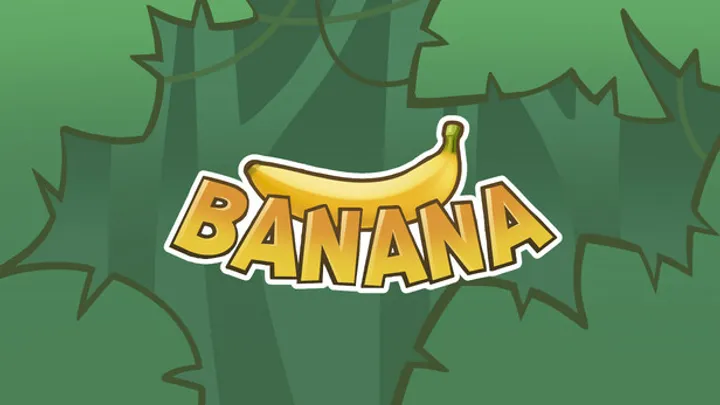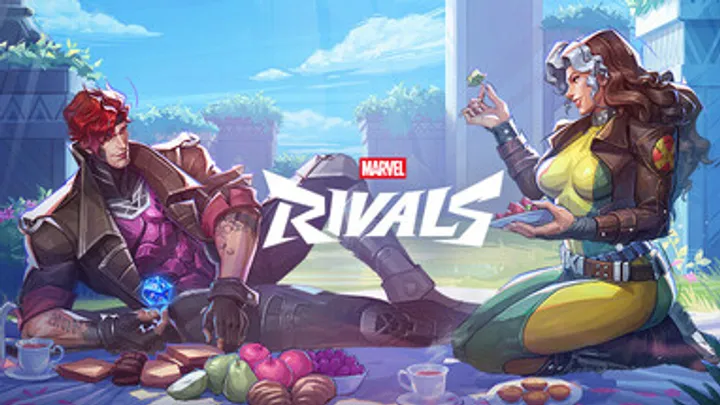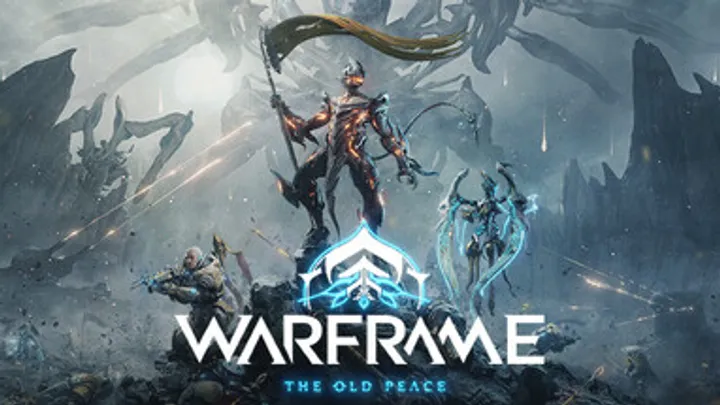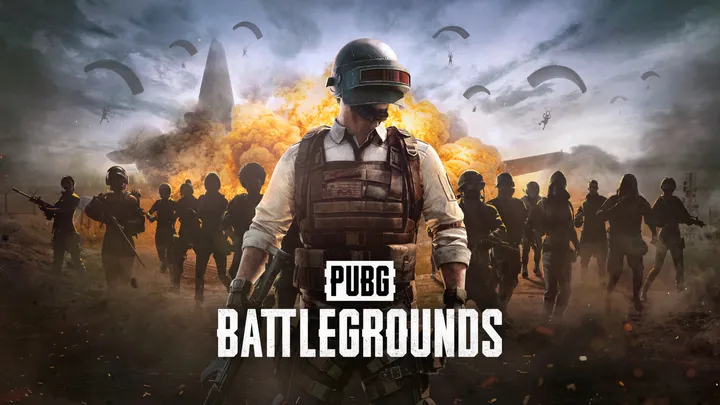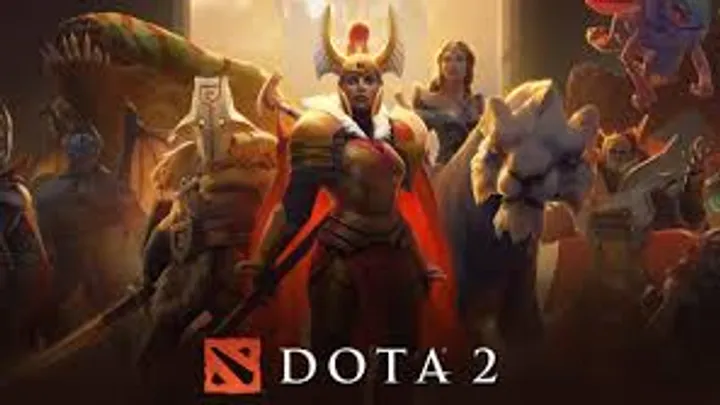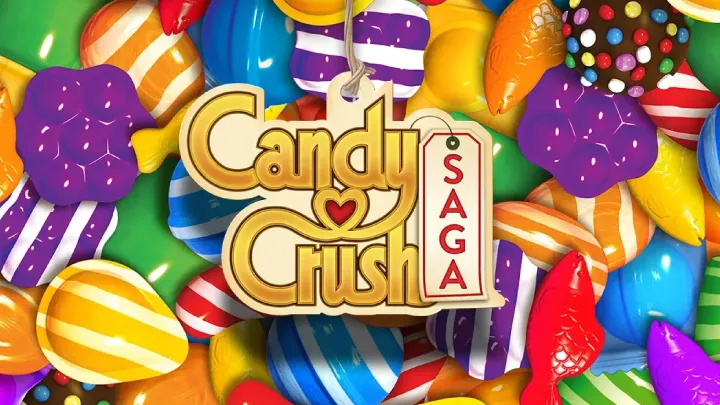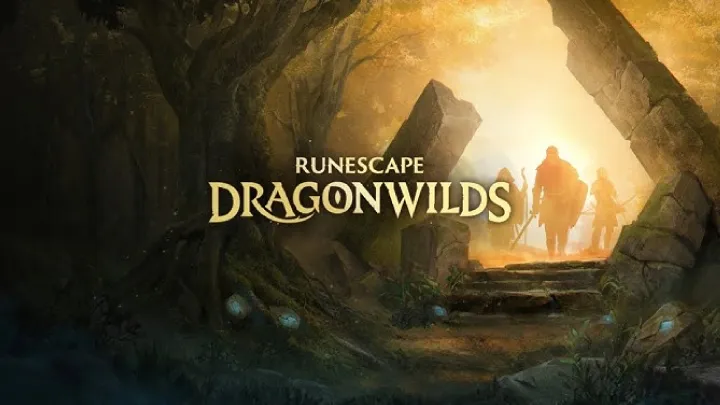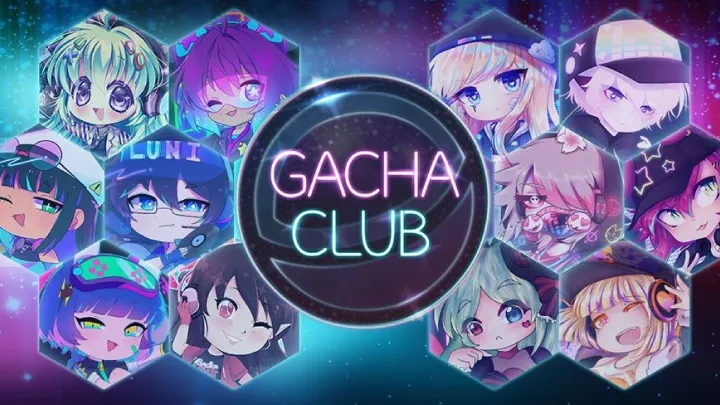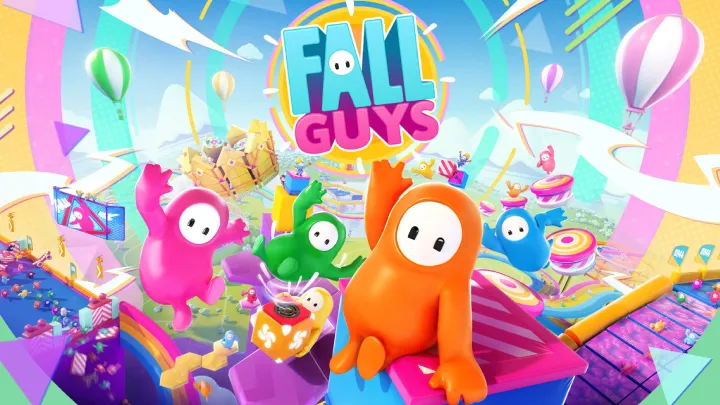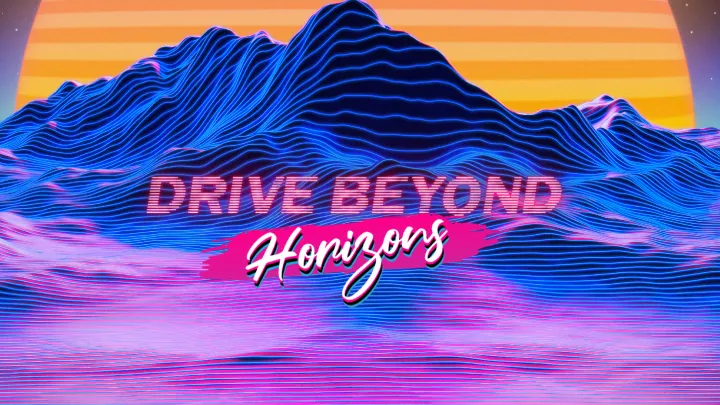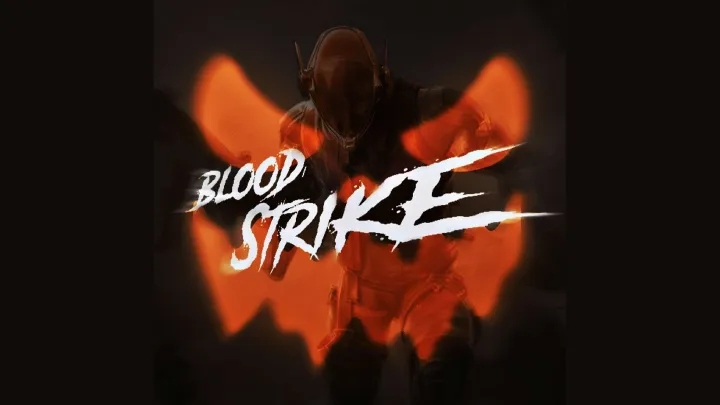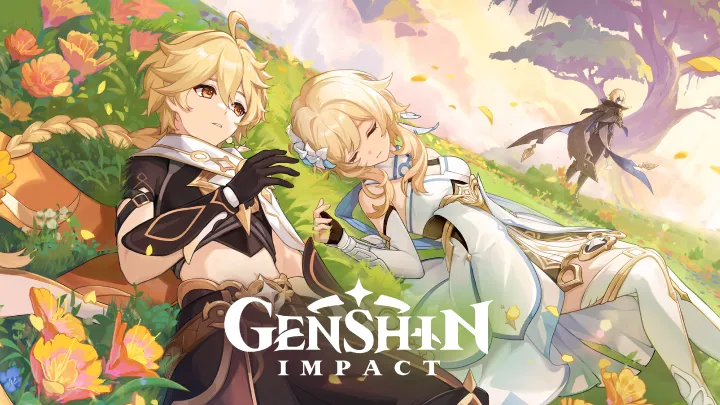LATEST ON BLOG
View more
Top 5 Best Community Chat Apps Like Discord to Use in 2025
Explore the top community chat apps like Discord in 2025, featuring voice channels, large group chats, and privacy-focused communication. These five platforms deliver flexible chat, voice, and collaboration tools for gamers, creators, and online communities of all sizes.
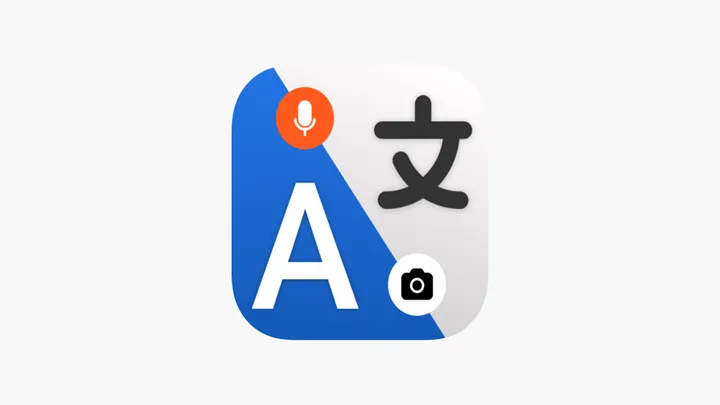
Top 5 Language Translation Apps You Should Use in 2025
Discover the top language translation apps of 2025, featuring real-time speech, camera text translation, and offline support. These five apps deliver accurate translations and intuitive interfaces, perfect for travelers, global communicators, and language learners seeking seamless multilingual communication.

Top 5 Construction Games You Should Play in 2025 Introduction
Explore the top construction games of 2025, featuring bridge-building challenges, city simulation, and advanced engineering systems. These five titles deliver realistic physics, deep creativity, and immersive building experiences perfect for players who love designing complex structures and managing dynamic worlds.
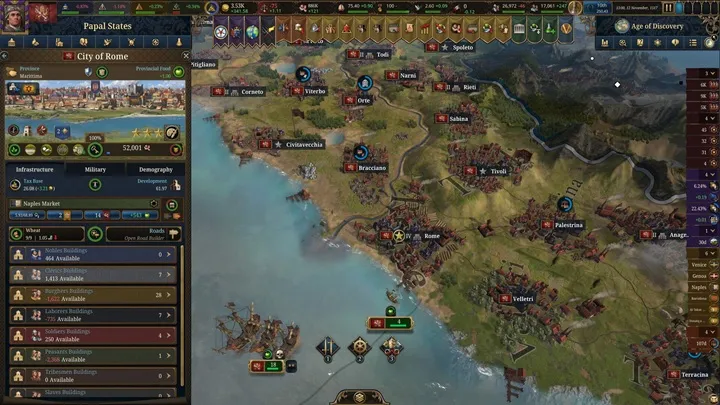
Top 5 Best Strategy Games of 2025
Discover the top five strategy games of 2025. From empire management and grand strategy to kingdom building and modern warfare tactics, these titles deliver deep, rewarding strategic gameplay and immersive systems ideal for both veteran strategists and new players alike.
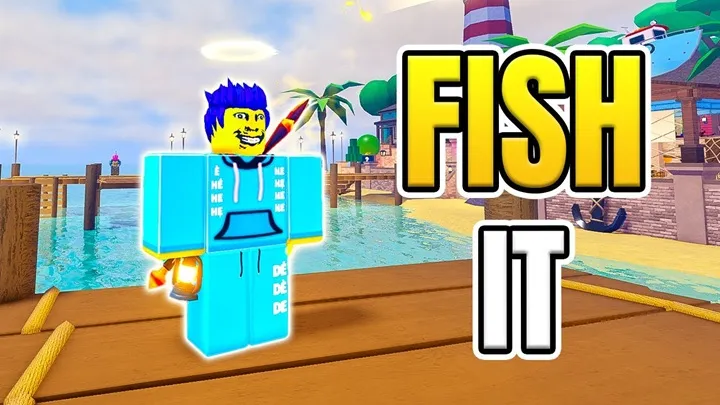
Fish It – The Complete Guide to the Hot Game Everyone Is Playing
Fish It is a hot game with exploration and strategy. Learn how to catch rare fish, upgrade gear, progress fast, and master every biome in this full guide.
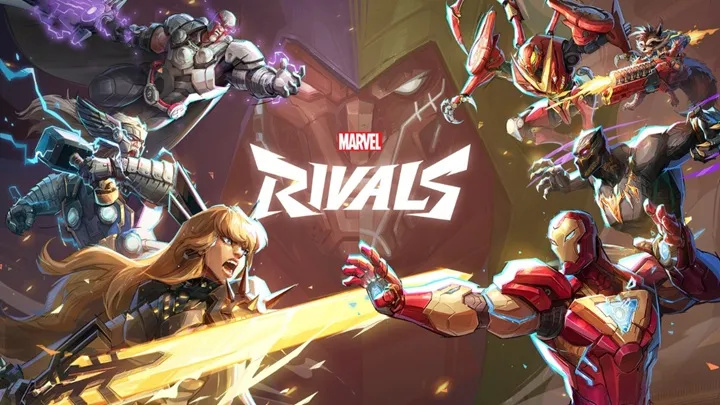
MARVEL RIVALS – The Ultimate Guide to the Hot Game Everyone Is Talking About
Marvel Rivals is a fast-paced hot game with heroes, strategy, and teamwork. Learn how to master combat, build teams, and win more matches in this complete guide.

Dota 2: A Complete Guide to the Hot Game and How To Master It
Dota 2 is a hot strategy game. Learn how to master heroes, teamfights, objectives, and ranked play with deep tips to dominate the battlefield.
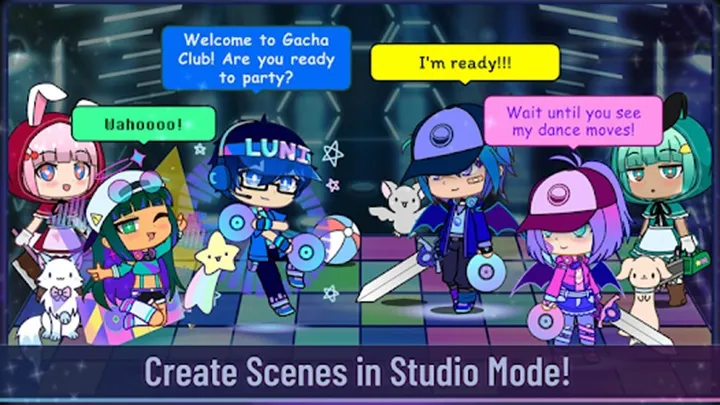
Gacha Club: A Complete Guide to the Hot Game and How To Master It
Gacha Club offers creativity, battles, and storytelling. Learn how to master characters, studio mode, gems, and advanced tricks to become a top Gacha creator.
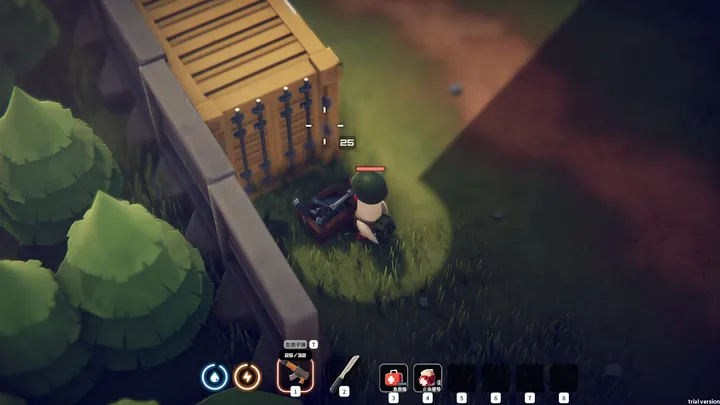
ESCAPE FROM DUCKOV – The Ultimate Tip & Guides Handbook for Surviving the Chaotic City
Master stealth, looting, combat, and extraction to survive Duckov’s chaotic raids and escape successfully.
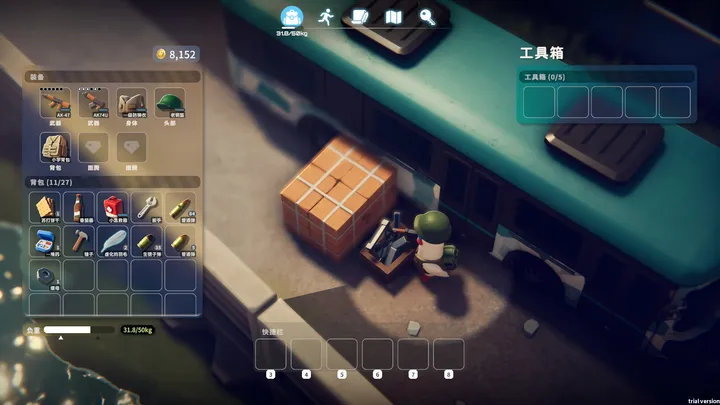
How to Survive and Escape from Duckov: A Complete Mastery Guide for New and Experienced Players
A full mastery guide for surviving Escape from Duckov: loot smart, fight wisely, manage risks, navigate maps, and extract alive through chaos and danger.
LATEST Reviews
View more
